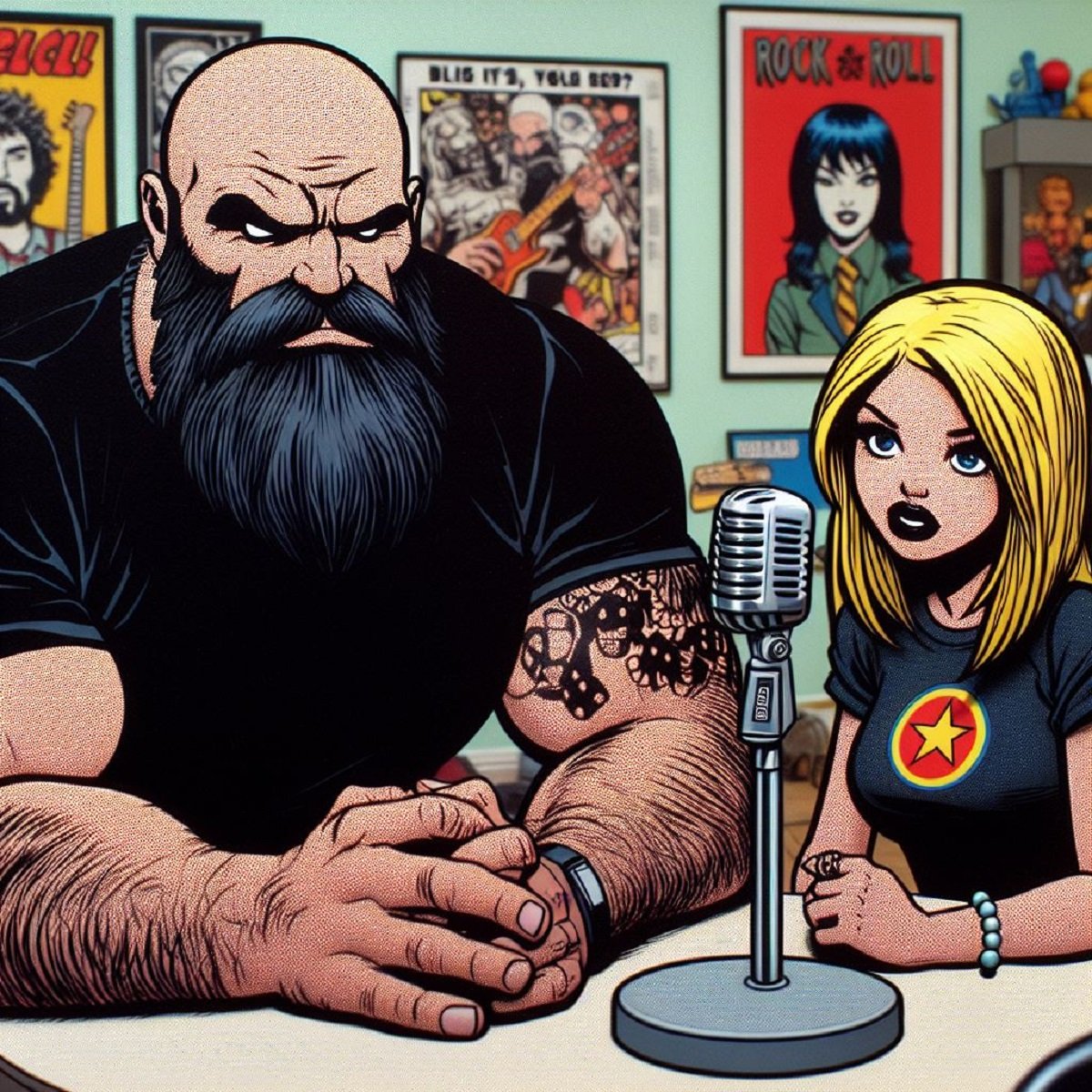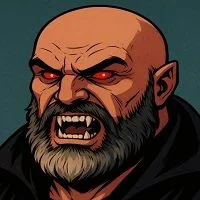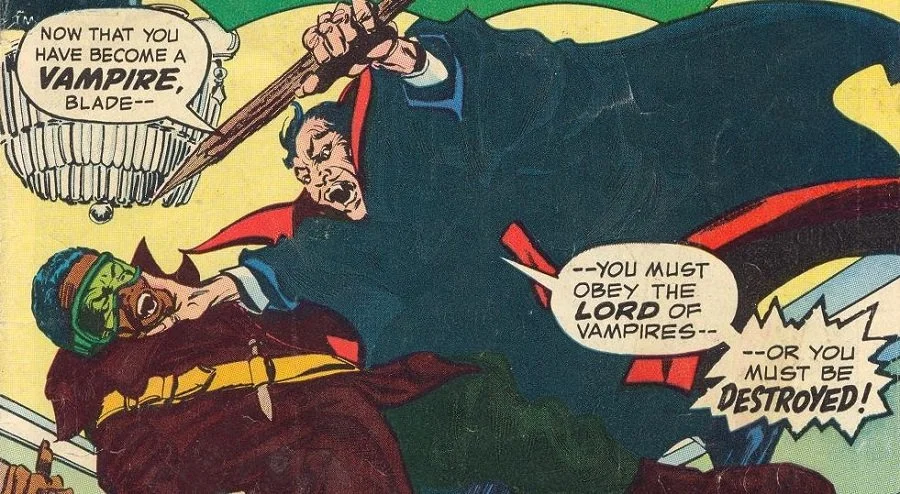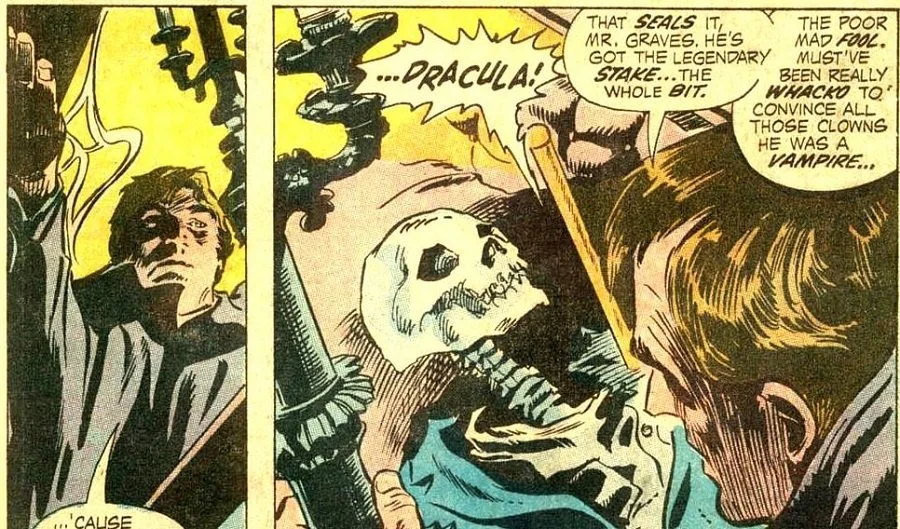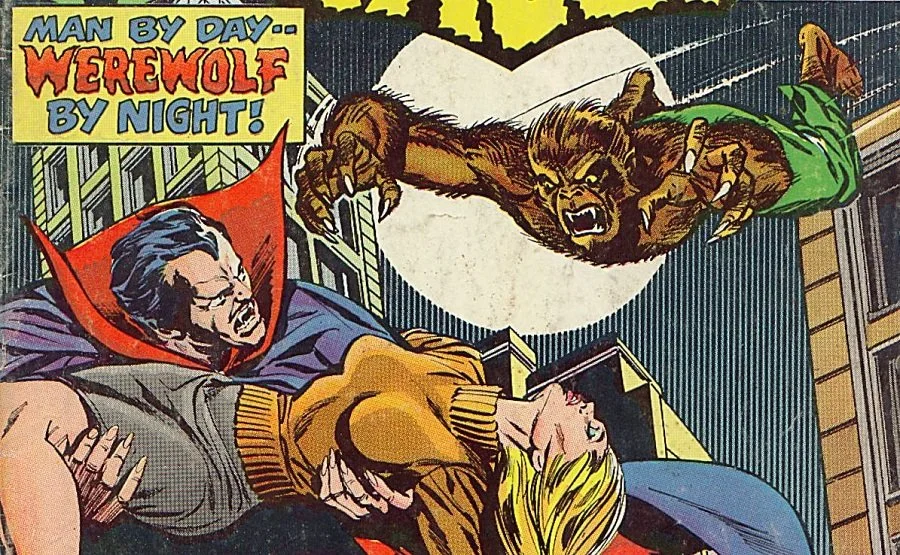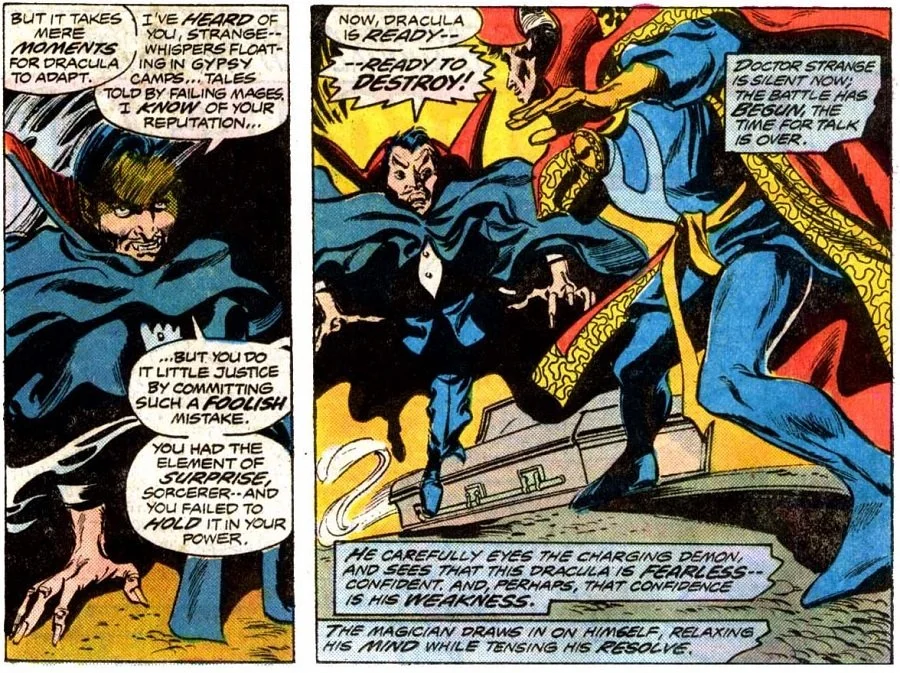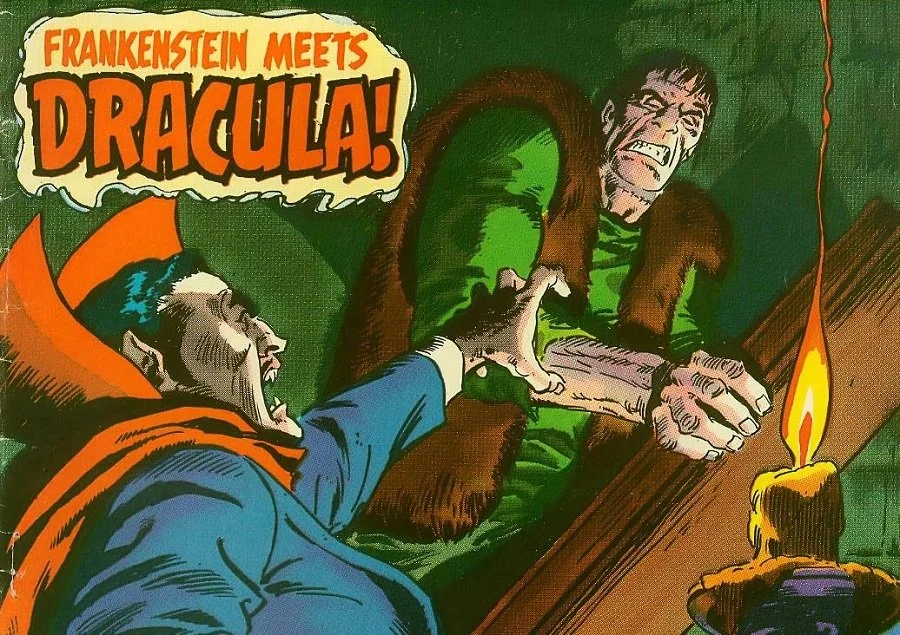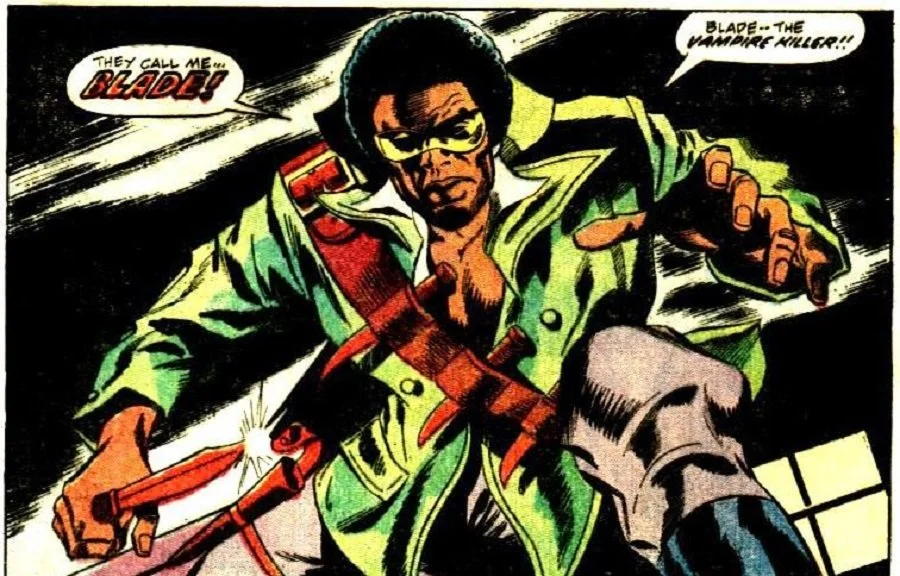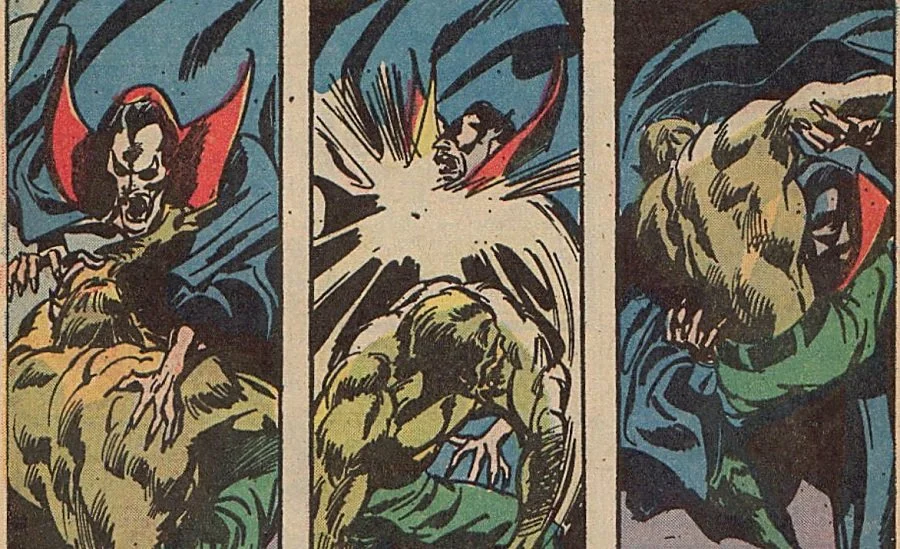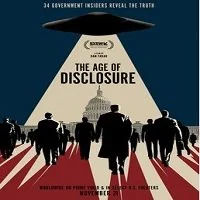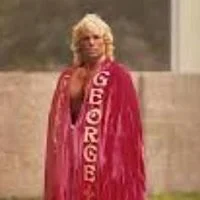By: “DragonKingKarl” Karl Stern (Patreon / Facebook / Email)
Webmaster & Writer - When It Was Cool
Podcast Host - Wrestling Observer, When It Was Cool
Tomb of Dracula and the Battle of Monsters! Halloween and Classic Monster Fun from Marvel Comics!
When the strict regulations of the Comics Code Authority loosened in the early 1970s, Marvel Comics seized the opportunity to revisit horror’s greatest icons. Among the most enduring outcomes was the series Tomb of Dracula, which propels the legendary vampire into the Marvel Universe and places him in sustained conflict with vampire-hunters, supernatural heroes, and other classic monsters. Written chiefly by Marv Wolfman and illustrated by Gene Colan (with inking by Tom Palmer), the series ran 70 issues from April 1972 to August 1979.
What makes the title compelling beyond its horror credentials is how Marvel interweaves vampire mythology with the broader Marvel Universe. Through crossovers, guest-appearances, monster hunts, and recurring characters like Blade, Werewolf by Night, and Dr. Strange, the narrative achieves richness and interconnection while retaining its gothic, monstrous tone.
In this article we’ll examine the major story arcs of Tomb of Dracula, with a special focus on the crossover appearances and monster-battles.
From his first issue, the series re-establishes the vampire lord (Count Vlad Dracula) as a modern threat, hunted by a band of crusading vampire-hunters. Early among those are Quincy Harker (son of Jonathan and Mina), Rachel van Helsing, Frank Drake and Louis Cadillac. The tone is gothic suspense plus action-oriented vampire-hunting.
Meanwhile, Marv Wolfman (possibly the greatest name for a horror comic book writer) and Gene Colan gradually introduced the character Blade in Tomb of Dracula #10 (July 1973) as a supporting figure — later to become a major vampire-hunter in his own right. The interplay of hunter and hunted becomes central.
In the early arcs, Dracula asserts his power over New York and beyond, hunts innocents, builds vampire armies and corrupts or eliminates his opponents. Blade emerges with his bandolier of teak-blades, immune (initially) to vampire bites and determined to eradicate Dracula’s brood. The continuity emphasizes long-term consequences: battles leave dead hunters, vengeful survivors, shifting alliances.
One of the most notable crossover arcs occurs between Tomb of Dracula #18 (March 1974) and *Werewolf by Night #15 (March 1974). In the first part, the werewolf Jack Russell (Werewolf by Night) pursues his own lycanthropic legacy while Dracula emerges in his path.
In Tomb of Dracula #18 (“Enter: Werewolf by Night”), Jack Russell and his companion Topaz travel to Transylvania to investigate the werewolf curse in his family. Simultaneously, Frank Drake and Rachel van Helsing travel seeking Dracula. Their paths converge.
In Werewolf by Night #15, the narrative continues: the origin of the Russoff family curse is revealed, linking to Dracula’s machinations. The vampire attempts to manipulate the werewolf as part of his larger schemes. Both Werewolf by Night issue 15 and Tomb of Dracula issue 18 are included in the Marvel Tomb of Dracula Omnibus.
The crossover emphasizes that the monsters of Marvel’s horror line are not isolated—they clash. Dracula vs. a werewolf injects a mythic intensity: two primal predators, one supernatural predator of the undead and one human cursed to transform into beast.
This two-part arc expands Dracula’s domain beyond purely vampire-versus-hunter. He becomes a threat that draws in other monster-figures. It raises the stakes: the hunters must cope not just with vamps, but with lycanthropy, mystical lore and interlocking threats. Blade, though not center stage in this arc, exists in the same world and his presence underscores the layered threats facing the hunter community.
A further key crossover occurs in Tomb of Dracula #44 (May 1976) and *Doctor Strange Vol.2 #14 (“The Tomb of Dr. Strange”) — a storyline that moves Dracula into direct conflict with Marvel’s Sorcerer Supreme.
The story begins when Wong, Dr. Strange’s faithful servant, is bitten by a vampire and disappears. Strange uses the Eye of Agamotto to trace the vampire’s life-essence to Dracula’s lair. Strange enters Dracula’s domain (an old Boston church/Dr. Sun’s mansion) and engages Dracula in astral and physical combat. Dracula uses hypnotic power, mist-transformation and the vampire’s predatory cunning to challenge the Sorcerer.
A subplot introduces Blade and vampire-detective Hannibal King tracking Deacon Frost (a rising vampire villain) in the same issue, indicating the convergence of multiple threads. The arc concludes in Doctor Strange #14: Strange’s astral form re-enters his body, he creates an astral cross and destroys Dracula (temporarily) using mystical faith and power.
Dracula’s encounter with Dr. Strange marks his elevation as a threat not merely to vampire-hunters, but to Marvel’s major heroes of the mystical realm. The inclusion of Blade and Hannibal King underscores the interconnectedness of Marvel’s monster-hunting milieu. This arc contributes to the larger vampire mythos in Marvel: The Montesi Formula (later in Doctor Strange #62) will dispatch all vampires—an event seeded by Dracula’s reach.
While the series primarily follows vampire-versus-hunter conflicts, Marvel also allowed Dracula to brush with the other “monster archetypes”.
The anthology The Monster of Frankenstein featured issues #7–9 (in its companion volumes) in which Frankenstein’s Monster meets Dracula. These matter because Tomb of Dracula’s collected editions include Frankenstein, highlighting a narrative link. Though specifics are less detailed in primary sources, the crossover emphasizes Marvel’s willingness to use its gothic roster to stage monster-vs-monster showdowns.
While there is less prominent documentation of Dracula vs. the Marvel “Mummy” character (e.g., the Living Mummy) within Tomb of Dracula proper, the larger Marvel Monster milieu (see Legion of Monsters) treats such intersections as part of the horror-universe building. Dracula becomes, in effect, the apex predator of Marvel’s monster line-up: vampires, werewolves, mummies, Frankenstein’s monster—they all orbit the threat of the Lord of Vampires. It is no longer just “vampire hunters vs. vampires” but “monsters vs. monsters”, which allows for mythic scope and thematic breadth.
Blade’s origin and development are strongly rooted in Tomb of Dracula. Blade first appears in Tomb of Dracula #10 (July 1973). His role: a human/vampire-immune hunter who uses teak-bladed knives and dedicated himself to terminating vampire threats.
In Tomb of Dracula #44, Blade is already in pursuit of Deacon Frost, operating in parallel to Dracula vs. Strange. This integration shows Blade’s evolution: from supporting figure to event-level hunter. Blade later becomes central to the 1990s series Nightstalkers (1992-94) alongside Frank Drake and Hannibal King. The series wraps up unresolved threads from Tomb of Dracula.
Blade embodies the hunter side of Tomb of Dracula’s continuity: his evolution represents Marvel’s shift from monster-horror to horror-superhero hybrid. His recurring presence ensures connectedness: events in Dracula’s series reverberate in the wider Marvel horror/spooky continuity. The legacy effect: readers of Tomb of Dracula see Blade’s growth, his relationships, his feels. The stakes of vampire-hunting become real and long-term.
For those wanting to trace the crossover and monster-battle aspects specifically:
Tomb of Dracula #18 (March 1974) & Werewolf by Night #15 (March 1974) — Dracula vs. Werewolf by Night.
Tomb of Dracula #44 (May 1976) & Doctor Strange Vol.2 #14 (May 1976) — Dracula vs. Dr. Strange; Blade/King subplot.
For hunter continuity: Nightstalkers #16-18 (Feb-Apr 1994) wrap lines from Tomb of Dracula.
For monster-vs-monster: The Monster of Frankenstein #7-9 (various 1970s) within the collected archive.
The Tomb of Dracula is more than a vampire title—it is a nexus of Marvel’s horror continuity, crossing over with werewolves, sorcery, monsters and hunters. Through crossover arcs like Dracula vs. Werewolf and Dracula vs. Dr. Strange, and through the long thread of Blade’s rise, the series establishes a richly layered narrative. It demonstrates Marvel’s ability to fuse genre horror with superhero continuity. For readers, the payoff comes in discovering how one vampire’s war echoes across werewolves, sorcerers and monster-hunters—and how the Marvel Universe’s spooky under-belly has its own epic, interconnected storyline.
If you found this article interesting, please consider becoming a Patreon supporter. That is how When It Was Cool keeps our website and podcasts online, plus you get lots of bonus content including extra podcasts, articles, ebooks, and much more. Check out our Patreon Page to see what's up!
